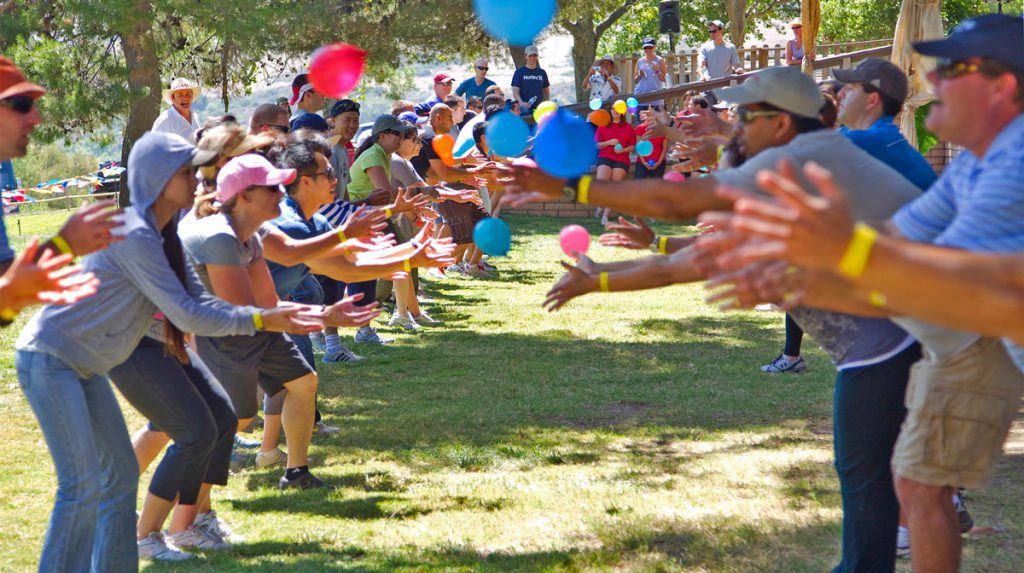Lighting plays a vital role in video projection because it sets the mood and feel of the exhibit. Different illumination techniques can elicit various emotions and responses from the viewers. For example, using gentle, warm illumination can create a inviting environment, while vivid, cool illumination may create a more energetic or dramatic effect. By thoughtfully choosing illumination colors and brightness, artists can manipulate how viewers interpret the projected visuals, leading to a more immersive experience. The balance between projection brightness and ambient illumination is crucial, as it can more significantly impact the visibility and impact of the visuals.
In addition, hue and brightness, the direction of light also affects the effectiveness of mapping. Illumination from different directions can create shadows and highlights that introduce dimension to the mapped images. This technique, known as chiaroscuro, can improve the 3D quality of the subjects being mapped. Furthermore, using moving lights can add dynamism to the exhibit, making the encounter more engaging for the audience. When the light interacts with the mapped images, it can create an illusion of movement and transformation, capturing the audience's attention.
Another essential aspect of lighting in projection in the use of special effects. Techniques such as gobo lighting, which employs patterns and shapes to filter light, can introduce texture and complexity to the mapping. This method allows creators to superimpose visuals and produce aesthetically stunning results that enhance the mapping. Additionally, adding lasers or LED lights can further improve the display, offering a distinct blend of click to read more visual elements that draw the viewers in. These special features, when used thoughtfully, can transform the mapping into a simple show to an engaging work of creativity.
In summary, the influence of illumination techniques on video mapping is significant. By comprehending how different lighting components interact with mapped visuals, creators can create enthralling encounters that connect with viewers. The thoughtful choosing of color, intensity, angle, and special effects allows for a vivid tapestry of sight narrative. As tech advances to grow, the possibilities for creative expression in projection will only grow, making lighting an increasingly vital aspect in this progressive creative medium.
